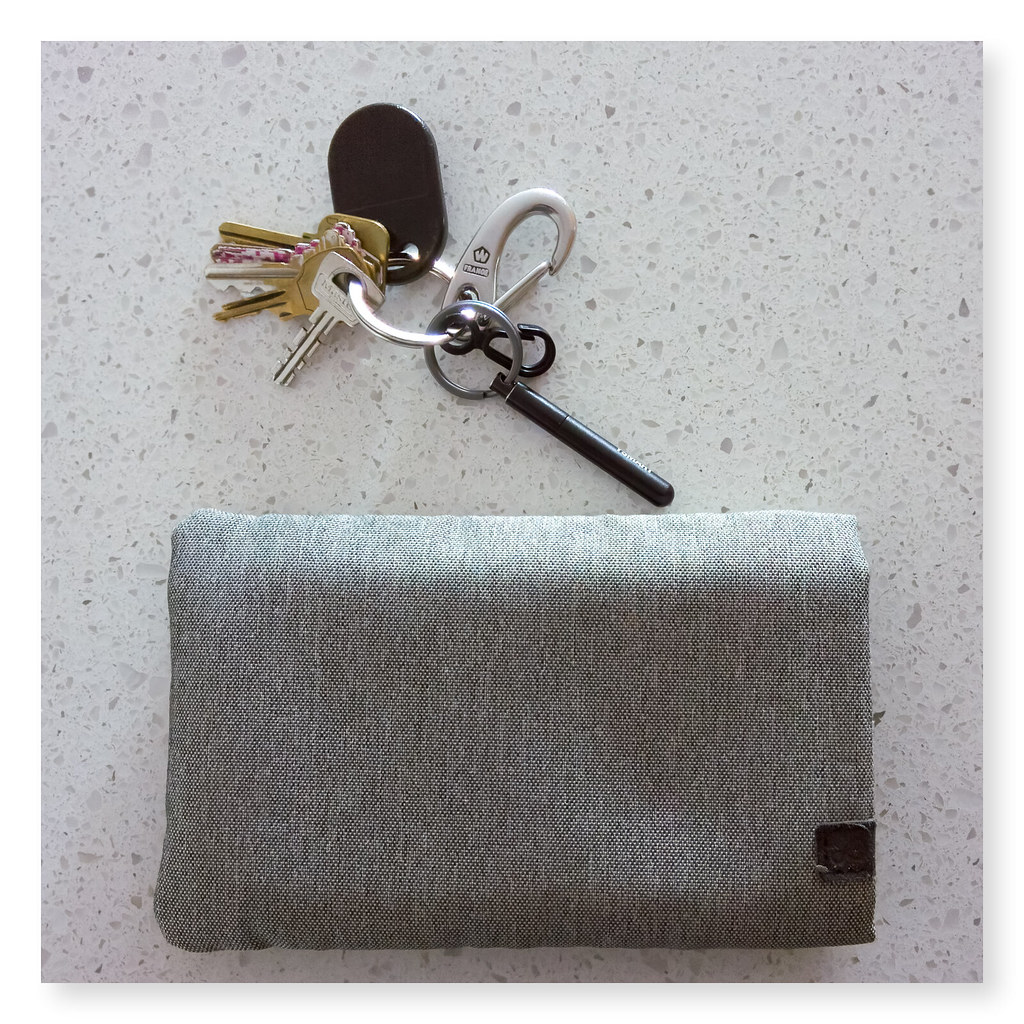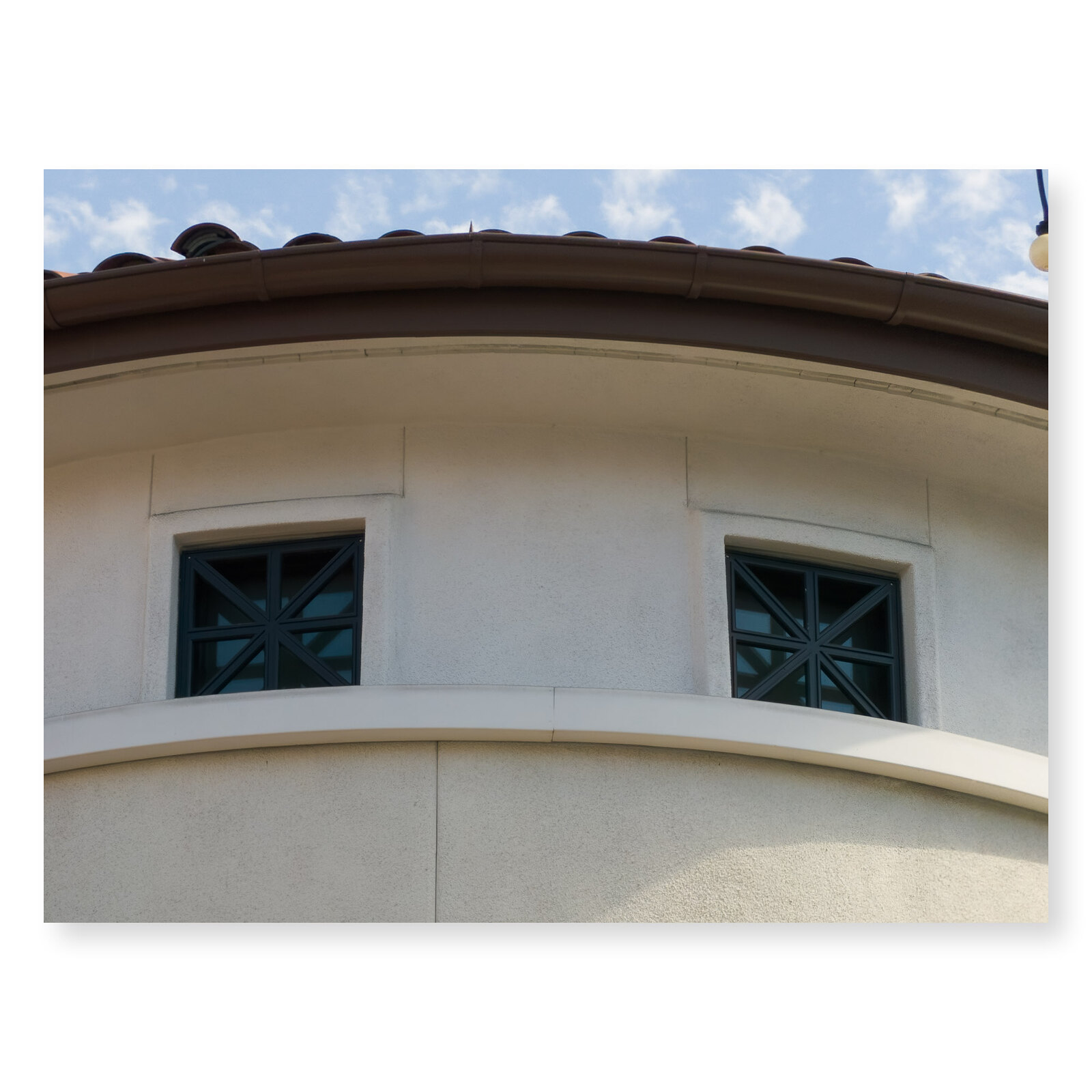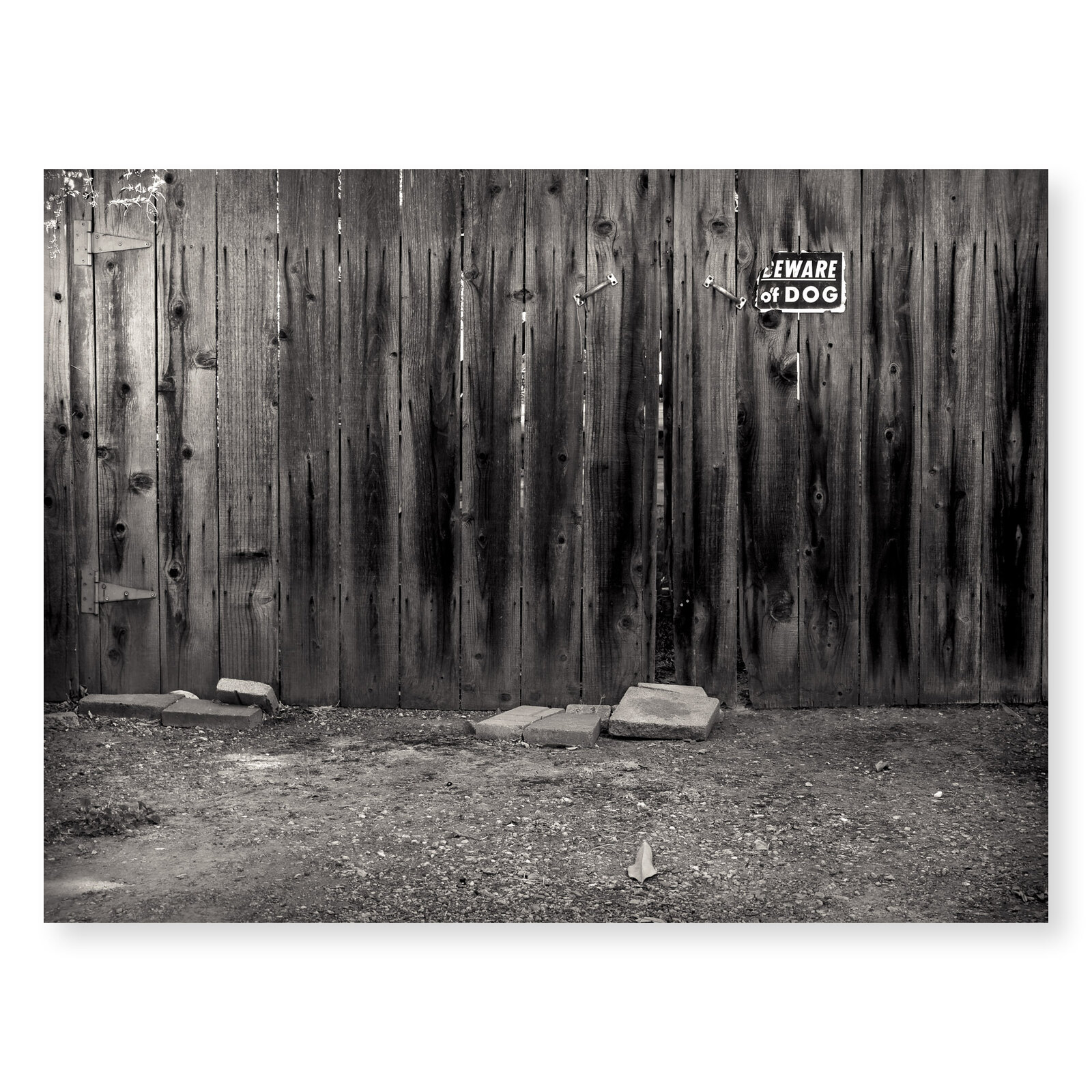Godfrey
somewhat colored
I'm never quite sure where to post about the Light L16. As a camera, it crosses various boundaries being a multi-camera, computational photography digital camera. So I'll just post here in Photography General Interest and see what people have to say. 🙂
---
It'd been a long while since I used it: Since my arm is healing but still very weak I needed something small and light to try taking some photographs on a walk. Yesterday I pulled my Light L16 out of its box for the first time in a year and a half, charged it up, and reinitialized it, installed the most recent version of Lumen on macOS Catalina, and went for a walk with it.
It still makes me chuckle that this little camera in its case ...
 ... is a 50Mpixel camera with a zoom FF equivalent of 28 to 150mm. It's only a little bigger than a plus-sized iPhone 8.
... is a 50Mpixel camera with a zoom FF equivalent of 28 to 150mm. It's only a little bigger than a plus-sized iPhone 8.
I found 14 exposures from my walk yesterday that fit a theme of "Shape, Form, Shadow, Color" that I liked. Here are four of them:
For the rest, please visit the album on Flickr.com : Shape, Form, Shadow, Color - 2020
It's interesting to compare the shooting experience of the Light L16 with the Leica CL, and the imaging qualities with that camera and the Hasselblad 907x. I'll think about that and write it up at another time. 😀
Enjoy!
G
---
It'd been a long while since I used it: Since my arm is healing but still very weak I needed something small and light to try taking some photographs on a walk. Yesterday I pulled my Light L16 out of its box for the first time in a year and a half, charged it up, and reinitialized it, installed the most recent version of Lumen on macOS Catalina, and went for a walk with it.
It still makes me chuckle that this little camera in its case ...

I found 14 exposures from my walk yesterday that fit a theme of "Shape, Form, Shadow, Color" that I liked. Here are four of them:
For the rest, please visit the album on Flickr.com : Shape, Form, Shadow, Color - 2020
It's interesting to compare the shooting experience of the Light L16 with the Leica CL, and the imaging qualities with that camera and the Hasselblad 907x. I'll think about that and write it up at another time. 😀
Enjoy!
G

















